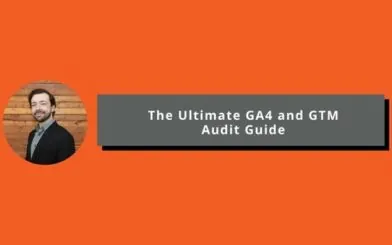As technology advances, web accessibility has become increasingly important. Not only does web accessibility create a more inclusive user experience, but it also has a positive impact on search engine optimization (SEO). On top of this, web accessibility is actually required by law. For a successful website, a basic understanding of how SEO and accessibility are intertwined is crucial to your online presence.
What is Web Accessibility and Why Does it Matter?
Web accessibility is the process of creating a website that allows users to navigate and use a site regardless of a disability or impairment. There are many best practices and guidelines for web accessibility, such as including alternative text or descriptive anchor text within page content.
So, why does web accessibility matter? To put it simply, if your website isn’t accessible, you will likely run into issues with user experience, and in turn, overall user engagement with your site. While accessibility doesn’t technically affect rank in the SERPs, Google does take user experience into account. This can also be linked to Google’s E-E-A-T, which stands for Experience, Expertise, Authoritativeness, and Trustworthiness. The more accessible your site is regarding contact information and policies, the more trustworthy Google deems your site. When a website prioritizes accessibility, we see a positive increase in engagement and trustworthiness, meaning overall SEO improves. An accessible website directly correlates with a more well-rounded SEO strategy.
How to Combine Accessibility with SEO Efforts
While there are many guidelines and best practices for web accessibility, we’ve included five ways to get started in making your website accessible.
- Include descriptive anchor text. Anchor text is the text that is used for buttons or any text that includes a clickable hyperlink. An example of descriptive anchor text would be rather than saying “learn more” the best practice to to say something along the lines of “learn more about website accessibility.”
- Include image alternative text. Image alt text is used to describe an image for visually impaired users. This text should briefly and accurately describe an image.
- Include closed captions in videos. When including videos in on-page content, be sure your video includes closed captions. This ensures that the video is accessible to all users.
- Consider page structure and navigation. The structure of each page should follow a logical order that would make sense to any user visiting a page. Similarly, the site navigation should follow a logical structure to allow for optimal usability. A user who uses a screen reader should be able to logically follow what is happening on a page without needing additional visual context.
- Include appropriate h-tags. Headings, otherwise known as h-tags, are crucial to site content. H-tags go hand in hand with structure; h-tags help users navigate the page and give cues on importance and emphasis. Additionally, h-tags are where relevant keywords are very important for SEO purposes.
Moving Forward with Web Accessibility
The intersection of web accessibility and SEO shows that benefitting the user can also benefit your rank in the SERPs. Accessibility not only broadens your audience reach and ensures inclusivity, but it also enhances your SEO efforts through an improved user experience. Aside from legal obligations, accessibility fosters inclusivity, drives organic traffic, and elevates the overall effectiveness and impact of your online presence.
Looking to improve your site’s accessibility and trustworthiness, but don’t know where to start? Connect with our team to take the right first steps to building your site’s SEO strategy, and improving inclusivity for all your users.




